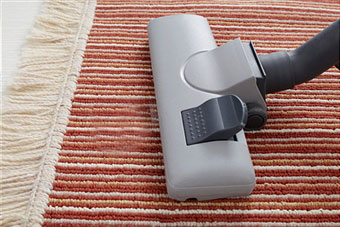Under sink water filters are getting more popular and efficient than ever before. Most of them are now capable of removing contaminants that could only be removed by reverse osmosis systems earlier. Unlike reverse osmosis units, an under sink water filtration system does not have a storage tank. It processes water on demand without any wastage. The entire water that goes into an under sink water filtration system comes out as drinkable water.

The Advantages of Under Sink Water Filters
Under sink water filters are more environmentally friendly and efficient in providing clean drinking water for your family. Here is how you stand to benefit from them:
- These filters use activated carbon to remove bad taste and odor from the water.
- Their cartridge removes sediment from the water.
- They remove chlorine, heavy metals and harmful chemicals from the water.
- They use alumina filter to remove fluoride and arsenic from water. Although the fluoride is not completely removed, it is substantially reduced.
- The anion resin in these filters reduces the amount of nitrites and nitrates.
- The cation resin in these filters reduces the amount of calcium and magnesium components in water, thus effectively lowering the limescale buildup.
How Do Undersink Water Filters Work?
Under sink water filters are of two types:
- Simple under sink filter
- Conventional under sink filter
1. Simple Under Sink Filter
A simple under sink filtration system is so called because it is quite easy to install; its working is quite complex though. It’s connected to an existing cold water faucet. Thus, you don’t need a separate faucet for this filter and secondly, you can’t use it to filter hot water. The water supply that you get from your regular faucet is diverted through the filter to give you clean drinking water.
A simple under sink filtration system is extremely easy to use. Instead of installing two separate faucets, you just have a single faucet. It can be installed using flexible connectors without requiring any modification to the sink. On the flip side, you may have to change the filters more often since the entire water coming out of the faucet will be filtered. Also, due to higher water pressure at the filter, some of the contaminants may escape filtration.
2. Conventional Under Sink Filter
The earlier under sink water filters were designed to function this way, and hence they get the name conventional under sink filters. You need to divert the water to the filtration system using a plastic tube connection. Filtered water is supplied through a separate faucet. Thus, your regular faucet will continue to give you unfiltered hot and cold water for regular use, while filtered drinking water will come from a separate faucet.
Conventional under sink filters have a longer life because they do not process the entire water that you use. The quality of filtered water is also better since the reduced pressure allows the water to stay longer in the system. However, the main drawback of this system is that you need to install an additional faucet. The water pressure will also be lower than the simple under sink filter.
You should consider several factors before choosing and buying the right under sink water filtration system for your home. For example, consider the water pressure, filtering capacity, cartridge life, cost of the system, and ease of installation. Under sink water filters offer better filtration rate than countertop systems but are relatively harder to install.



